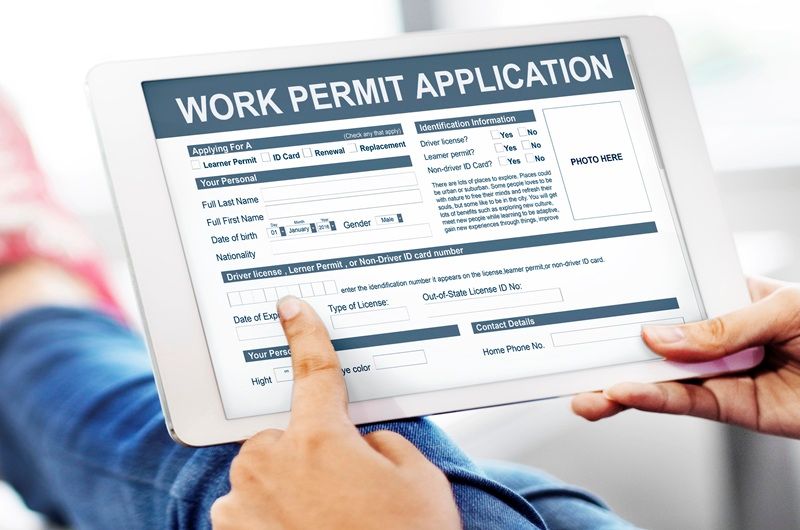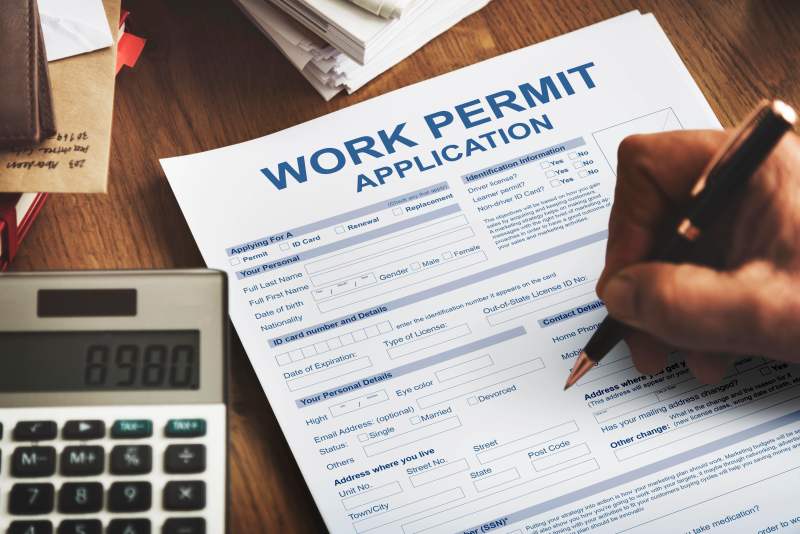
Timeline: How Long Does It Take To Get An EAD Card?
Moving to Fort Worth, Texas, allows immigrants to create opportunities and establish a secure future. For those planning to make Fort Worth their permanent home, obtaining an Employment Authorization Document (EAD) is vital. It is a necessary step toward legally working in the U.S.
This article explains the timeline for receiving an EAD, highlights factors affecting processing times, and offers solutions for handling delays. It also sheds light on how immigration lawyers in Fort Worth can help ensure the application process runs smoothly.
What Is An EAD Card & Why Does It Matter?
An Employment Authorization Document (EAD), or work permit, allows immigrants to work legally in the U.S. For those settling in Fort Worth, an EAD can be a major step toward building a stable future. Beyond providing job opportunities, it offers security and a path to financial independence.
Holding an EAD can support other immigration processes, such as green card applications and status adjustments. It reduces the risks associated with unauthorized work, helping immigrants avoid legal complications. For many, an EAD opens doors to long-term opportunities and greater stability.
Understanding its importance is the first step in applying successfully and avoiding delays. The next step is learning to apply and gather the correct documents to ensure a smooth process.
What Is The Step-By-Step EAD Application Process?
Applying for an Employment Authorization Document (EAD) may seem challenging, but breaking it into steps simplifies the process. Think of it like a relay race, each stage brings you closer to the goal. With preparation and attention to detail, the process can move smoothly, allowing immigrants in Fort Worth to work legally and plan for the future.
Eligibility & Document Gathering
First, applicants must confirm eligibility. Asylum seekers, DACA recipients, green card applicants, and certain visa holders can apply. Reviewing eligibility prevents delays. Next, applicants gather key documents, such as passports, visas, and proof of status. Missing paperwork can slow the process, so applicants must organize documents ahead of time.
Filing & Biometrics
Applicants then submit Form I-765 online or by mail, along with supporting documents and fees. USCIS schedules a biometrics appointment for fingerprints and photos. Attending this appointment is critical to avoid processing delays.
USCIS Review & EAD Issuance
USCIS reviews the application and may request additional evidence if any information is missing or unclear. Responding to these requests quickly helps avoid further delays. After approval, the EAD is produced and mailed to the applicant’s address.
Once the EAD arrives, track its expiration date. Most EADs are valid for one or two years. Renewing on time prevents work interruptions. Renewals are similar to the initial application but usually process faster if nothing has changed.
The EAD process may vary depending on circumstances. Staying informed and prepared helps avoid delays, and working with immigration professionals can make the process easier and faster. Now, explore how long processing might take.
How Long Does It Take To Get An EAD Card?
The typical processing time for an EA is 60 to 90 days, though this can vary depending on individual circumstances. Most applicants receive their EAD within three months of submitting Form I-765, provided all required documents are in order. However, delays can occur for various reasons.
Common causes of delays include application errors, incomplete submissions, and missing documents. If USCIS finds issues, it may issue a Request for Evidence (RFE), pausing the process until the applicant responds. High application volumes can also extend wait times, especially during peak periods.
Despite these challenges, USCIS aims to process applications efficiently to minimize disruption for applicants seeking work authorization.
What Are The Common Reasons For EAD Processing Delays?
Even when applicants carefully follow instructions, delays in processing EAD applications can still occur. Incomplete applications are a common cause, often resulting from missing documents or errors that require USCIS to request additional information.
In some situations, the complexity of an applicant’s immigration case may lead to further scrutiny, extending the processing time. Background checks can also contribute to delays, especially for applicants who have lived in multiple countries or have extensive travel histories.
Additionally, the overall workload at USCIS can affect how quickly applications are processed. High application volumes or staffing shortages may slow the system, extending wait times beyond the typical 60 to 90 days. While USCIS strives to process cases efficiently, these factors can sometimes lead to unavoidable delays.
What Will You Do If Your EAD Is Delayed?
Delays in receiving an EAD can be frustrating, but there are steps applicants can take to address the situation. Acting quickly can prevent further setbacks and ensure the process stays on track.
The first step is to check the case status online through the USCIS portal. It allows applicants to monitor progress and see if any actions are required. If processing times exceed the standard 60 to 90 days, submitting a case inquiry can prompt USCIS to review the application and provide an update.
If USCIS issues a Request for Evidence (RFE), applicants must respond promptly. RFEs pause processing until the requested documents or information are submitted. Delays in responding can extend wait times significantly. Thorough and timely responses help minimize further interruptions.
These steps can prevent unnecessary delays and keep the application moving forward. For applicants who need further assistance, Fort Worth Immigration Lawyers are ready to resolve delays and ensure a smoother process.
How Can Fort Worth Immigration Lawyers Assist?
At Fort Worth Immigration Lawyers, we understand how critical timely work authorization is for our clients. We guide applicants through the EAD process by ensuring all forms are accurate and complete. Our team helps gather the necessary documents to prevent delays.
We provide personalized support, addressing errors or missing information that could slow approval. If USCIS issues a Request for Evidence (RFE) or if processing is delayed, we work directly with USCIS to resolve the issue quickly.
Beyond EAD applications, we assist with green cards, visas, asylum, and family-based immigration. We aim to help clients achieve lasting success and secure their future in Fort Worth.
Applying for an Employment Authorization Document (EAD) is necessary for immigrants looking to live and work in Fort Worth. The process typically takes 60 to 90 days, but delays can happen due to errors, missing documents, or high application volumes.
Fort Worth Immigration Lawyers guides clients through each step, ensuring forms are accurate and complete. If delays or requests for evidence arise, we resolve them quickly. With our support, securing legal work authorization becomes smoother and more efficient.
Share this article
Latest articles
November 28, 2025
November 28, 2025
November 28, 2025
Categories






